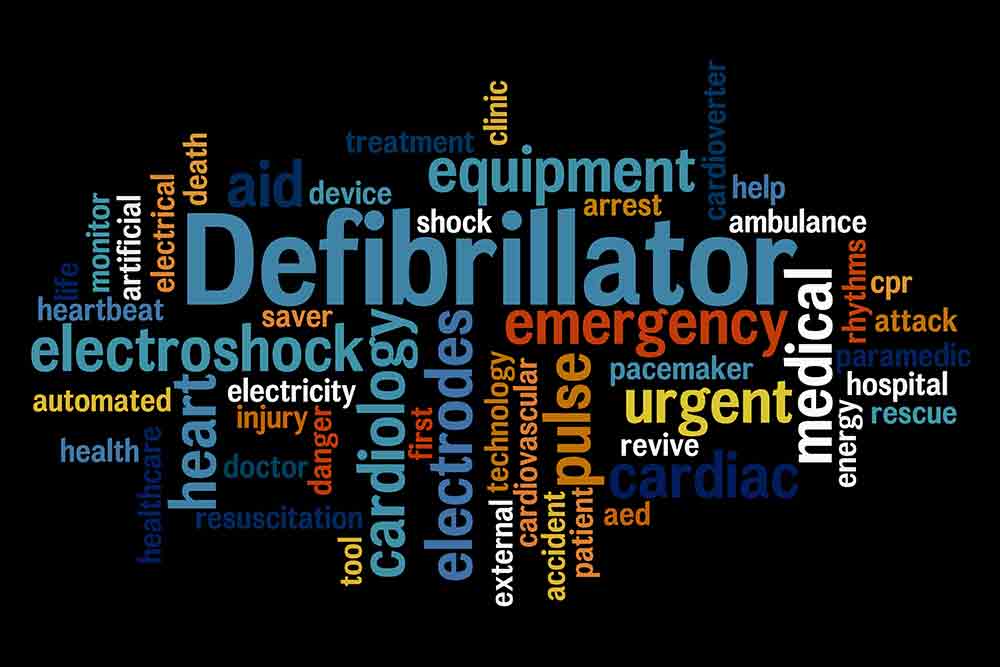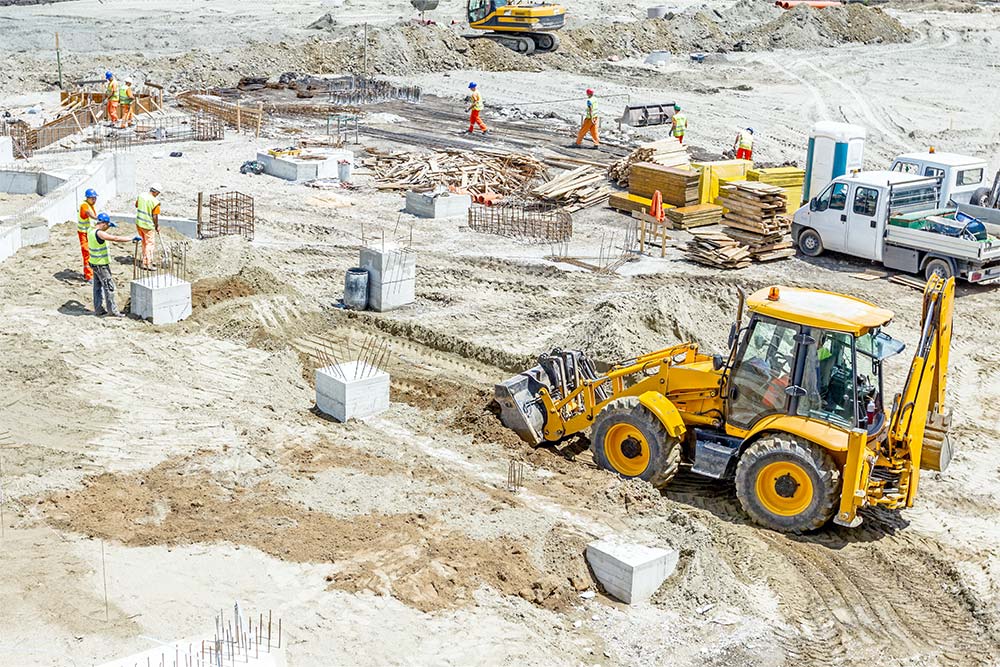
All UK businesses with five or more employees must have a health and safety policy. This document should provide a clear statement of the organisation’s commitment to health and safety and outline its overall health and safety policies and procedures. This is a legal requirement as stipulated by the Health and Safety at Work Act 1974 and the Health and Safety Executive (HSE).
However, drafting such a document is not always a straightforward exercise. Many business owners do not know exactly what must be included in their health and safety policy. For this reason, using a health and safety policy template can be beneficial.
One of the major parts of a health and safety policy is the “Responsible Parties” section. In this article, we will look at whose details need to be included in this segment and clarify how their health and safety roles and responsibilities should be defined.
Sections of a HSE Health and Safety Policy
A health and safety policy template for organisations or businesses usually consists of three segments:
- Part 1: Statement of Intent
- Part 2: Responsible Parties
- Part 3: Health and Safety Measures
The Statement of Intent should cover the overall health and safety aims of the organisation and provide a clear commitment to ensuring workplace safety.
The second section, dealing with Responsible Parties, covers how the management of health and safety is organised within the hierarchy of a business. This includes the designations and health and safety roles of named individuals, known as the Responsible Parties. This section is also often known as the Organisation section.
The third section of a policy covers the arrangements for health and safety. This area provides details regarding the management systems, work procedures and protective measures that have been developed by the organisation.
It is the second section on which will we focus on now.
Responsible Parties
The Health and Safety at Work Act 1974 clearly defines which parties within an organisation are responsible for health and safety related matters. They are as follows:
- Directors and Managers
- Supervisors
- Employees
- Safety Advisors
- Safety Representatives
- Specialists
- First Aiders
- Fire Marshals
Depending on the size of the organisation, not all of these roles will be filled on a full-time basis. As with any organisational structure, the roles must be clear and distinct and avoid conflicts of responsibilities.
For the hierarchy to work, all parties, beginning with the most senior director, must agree to adhere to their particular roles and responsibilities. Overlap should be avoided, as it can cause confusion and delays with regard to health and safety decision-making.
Let’s look closer at the responsibilities of each of these roles within a health and safety policy template UK.
Directors and Managers
Directors and Managers are in charge of the creation of the health and safety policy. They approve appropriate resources for health and safety management, set organisation targets and provide leadership in achieving these goals.
Supervisors
Supervisors ensure that all employees within the workplace comply with health and safety policies and procedures on a daily basis.
Employees
Employees are responsible for their own health and safety and the safety of anyone else who might be affected by their work. They must be committed to following their training and helping to solve any health and safety-related problems.
Safety Advisors
Safety advisors advise the organisation regarding compliance with safety regulations and accident-related issues. Safety advisors are not responsible for health and safety or the implementation of health and safety policies and procedures. Their role is to provide support and advice to managers regarding health and safety issues.
Safety Representatives
Safety representatives serve as liaisons between employees and management during health and safety discussions and meetings.
Specialists
Specialists, such as nurses, electricians, or chemical advisors, work with an organisation to provide more insight into a particular issue, such as the proper use of equipment or substances. Specialists are only meant to serve an advisory role for managers and supervisors and are not there to manage health and safety or enforce health and safety policies.
First Aiders
First Aiders are people trained to provide aid to people who have been injured in a work environment.
Fire Marshals
Fire Marshals are responsible for ensuring the creation and implementation of swift and effective evacuation procedures in the event of a fire.
Organisation of Health and Safety Systems
In addition to defining these roles, the Responsible Parties section in a health and safety policy template should also cover how the following systems are organised:
- Reviews of workplace equipment and repair and upkeep
- Investigation and reporting of accidents
- Health monitoring
- Health and safety-related training and information
- The creation of safety committees comprised of employees and/or managers
- Communication with outside organisations
- Health and safety risk assessments
Learn More About Health and Safety at Work
In addition to a workplace health and safety policy template, all employees and management in an organisation should undertake accredited training courses. Health and safety training can provide people with the skills and knowledge to draft health and safety manuals and develop effective health and safety policies and procedures.
If you are searching for affordable health and safety training for your colleagues, you can find a wide range of options on the Human Focus website. Human Focus offers online certified courses that can be taken in segments to accommodate work schedules. The Human Focus health and safety courses are suitable for executives, management and employees alike. These courses will help you to create a safer workplace and ensure your business complies with all relevant legislation.






















